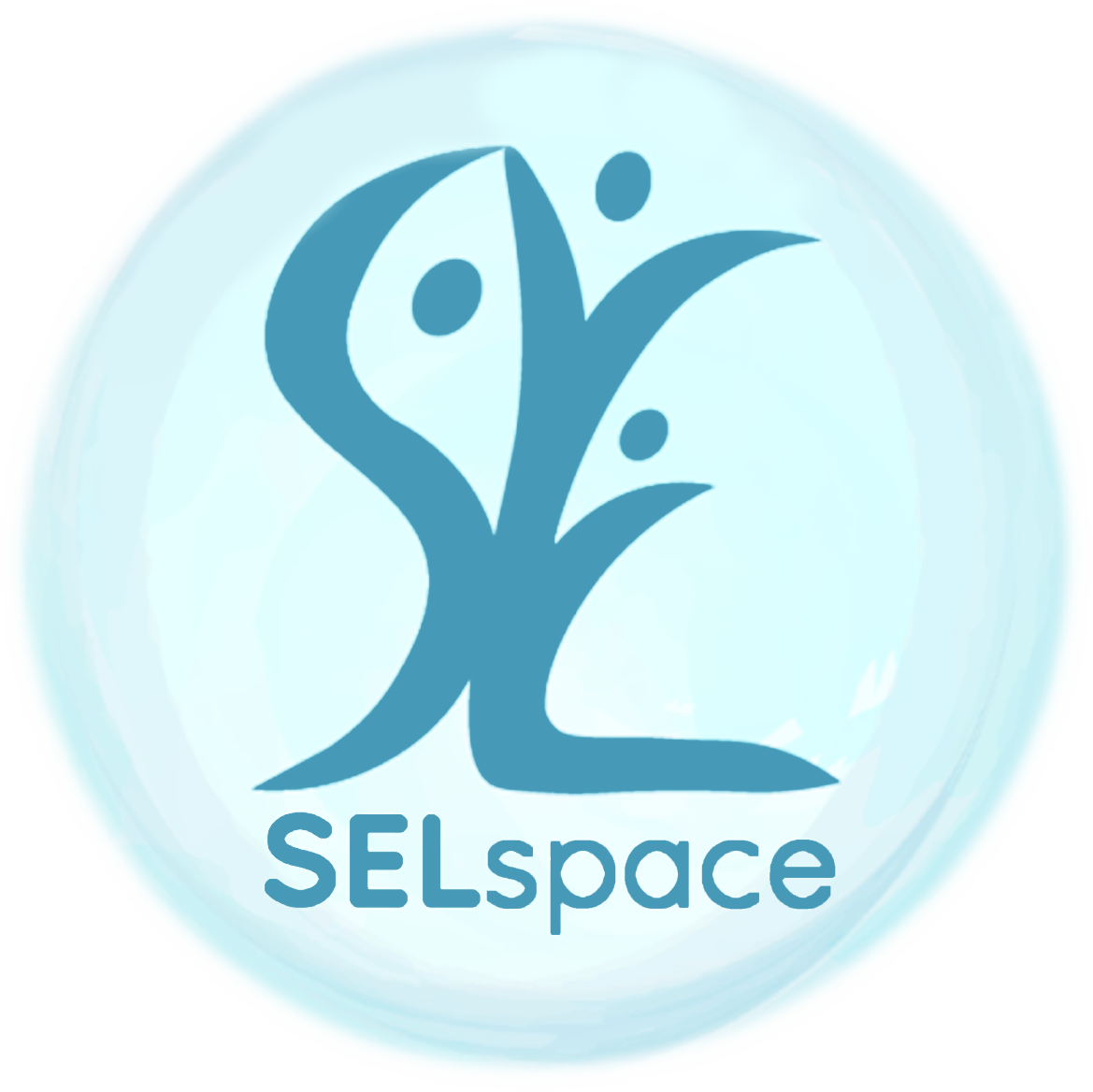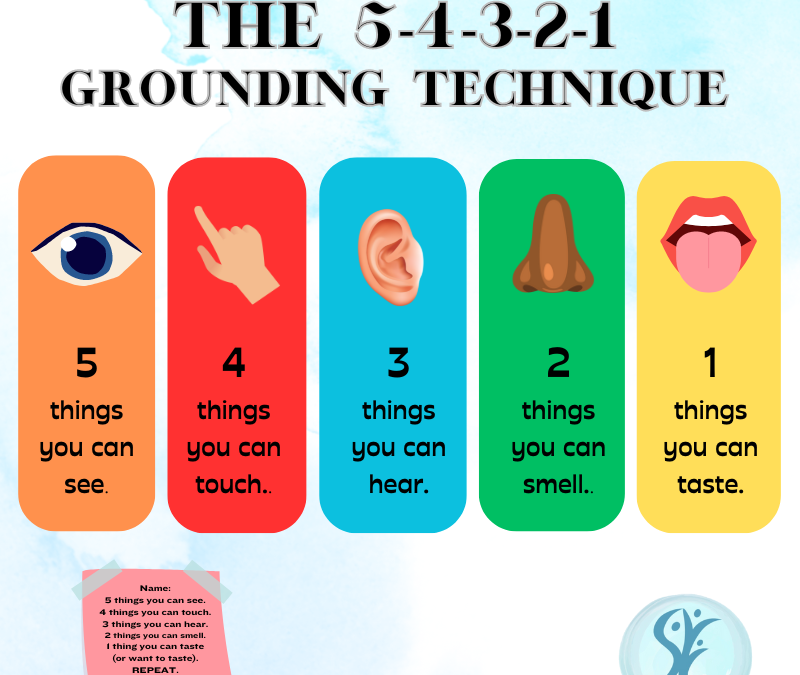Intended Audience: K-8 all educators and admin
On a theoretical level, we can understand and agree that we need to tend to the social emotional needs before children can tackle academics. But many educators require explicit instructions on how to lay and maintain a strong SEL foundation so that it supports and enhances other learning areas. We can’t assume that it is just something teachers inherently know how to do; we need to spend time breaking down the how.
How do we build a community in a classroom? How do we weave SEL into daily practices?
And how do we do it in a way that doesn’t feel like a perpetual add-on?
Routines and Setup:
How you establish and build your community is the framework for how students will feel while learning in your classroom. Taking time in the beginning to plan and set up routines and practice that are inclusive, connection building, and aim to give students a sense of belonging ultimately lead to more optimal learning. (Check-ins, greetings,community circle, shout outs are examples of some of these practices.)
Student Voice:
Incorporating and empowering student voice can not only shed light on the various identities of your collective group, but will also allow your students to take some responsibility and ownership in their class. By including students in the process of establishing the norms or expectations of their class; their investment and engagement will increase.
Self Management Practices:
Like any skill, students need help learning how to effectively manage their big emotions or howto navigate conflict situations. A lot of disruption to learning is a result of both. Taking the time to teach students about mindsets, how their brain learns and deals with stress, and strategies to self manage when stress or frustration is heightened provides tools that will benefit them throughout life. In effect, we are not just setting students up for success in our classrooms, but by explicitly teaching students strategies for both calming the brain anddealing with conflict, we are setting them up for success in life.
Weaving SEL Seamlessly:
By weaving SEL into lessons, you are often adding engagement and enhancing a student’s social and emotional intelligence as well as meeting curriculum and academic expectations.Why not choose read alouds or literary works that tackle important SEL themes or skills while still meeting academic expectations; use role-playing for drama to have students develop healthy approaches to dealing with relationship issues; or art lessons that have SEL embedded.
There are many ideas and lessons on the SELspace site.
Enjoy!
Pam Parks, B.Com., B.Ed., ITT (in the trench teacher), EL(experienced lived)
“In order for students to learn and take risks, they need to feel safe, connected, reflected, and cared about at school.”








